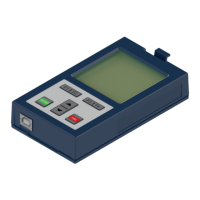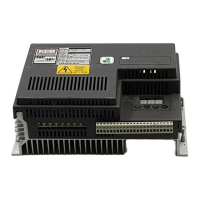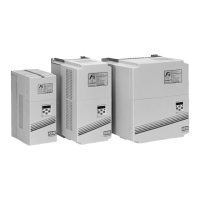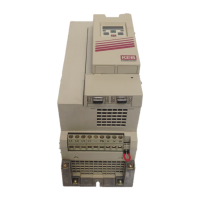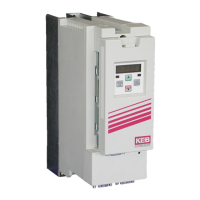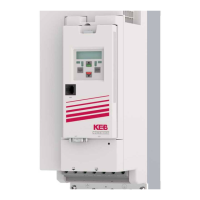The position correction function can be parameterized under 6.1.6.5 "Position mon-
itoring and correction", page 244.
6.1.2.2 Non-absolute encoders
HTL, TTL, SinCos without absolute track
These encoders always have incremental signals, either square-wave or sinusoi-
dal.
The position after switching on is always 0, i.e., without reference to the rotor.
If the encoders have a zero signal, the reference to the zero position (ec31) can be
done over this, as soon as the signal has been passed.
The zero signal is also used to check and correct wrong counted incremental sig-
nals (e.g., due to EMC).
The position correction function can be parameterized under 6.1.6.5 "Position mon-
itoring and correction", page 244.
6.1.2.3 Supported encoders
Which encoders are generally supported and which physical limitations apply (e.g.
maximum signal frequencies, lines to be used, signal forms etc.) can be found in
the installation manual associated to the device.
This chapter describes only the software restrictions for certain encoder types.
All standard SinCos, TTL and HTL encoders are supported within the following pa-
rameters described below.
➢ EnDat
Variants of the EnDat interface and the different "EnDat" terms:
The EnDat interface is a digital connection to read or write the position and a wide
variety of other data of the encoder.
The commands required for this are summarised in the command set. The newer
command set "EnDat 2.2" has more commands than its previous version "EnDat
2.1" and is downward compatible to it.
Many EnDat encoders have incremental signals in addition to this digital interface,
e.g. to obtain a higher-resolution position. These signals can be 1Vpp, HTL or TTL
signals.
The incremental signals and the encoder set is indicated with the order designa-
tion, which is also on the nameplate of the encoder.
The order designation "EnDat22" must not be confused with the command set
"EnDat 2.2".
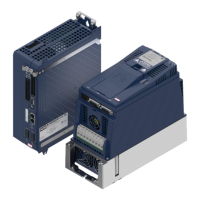
